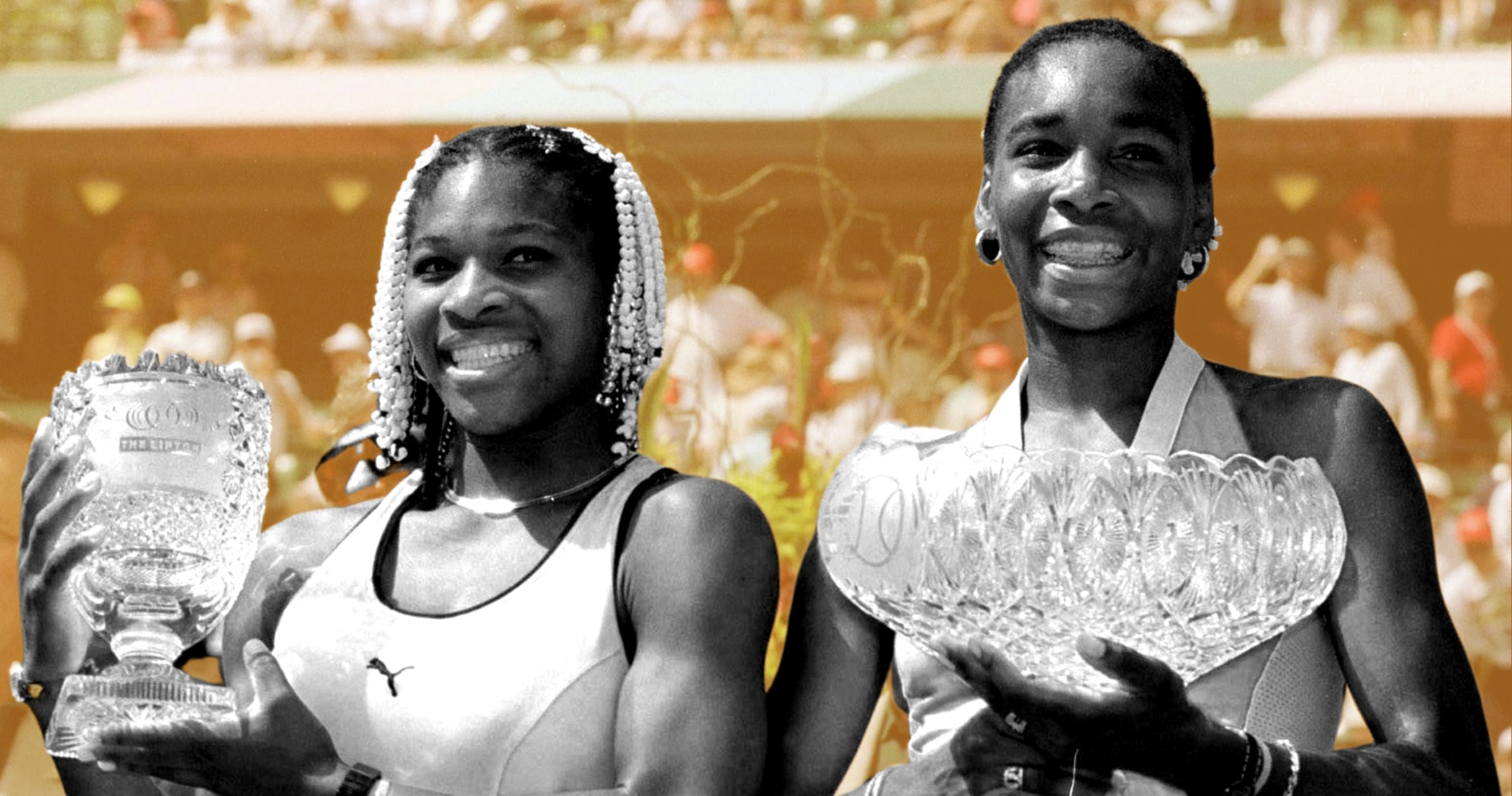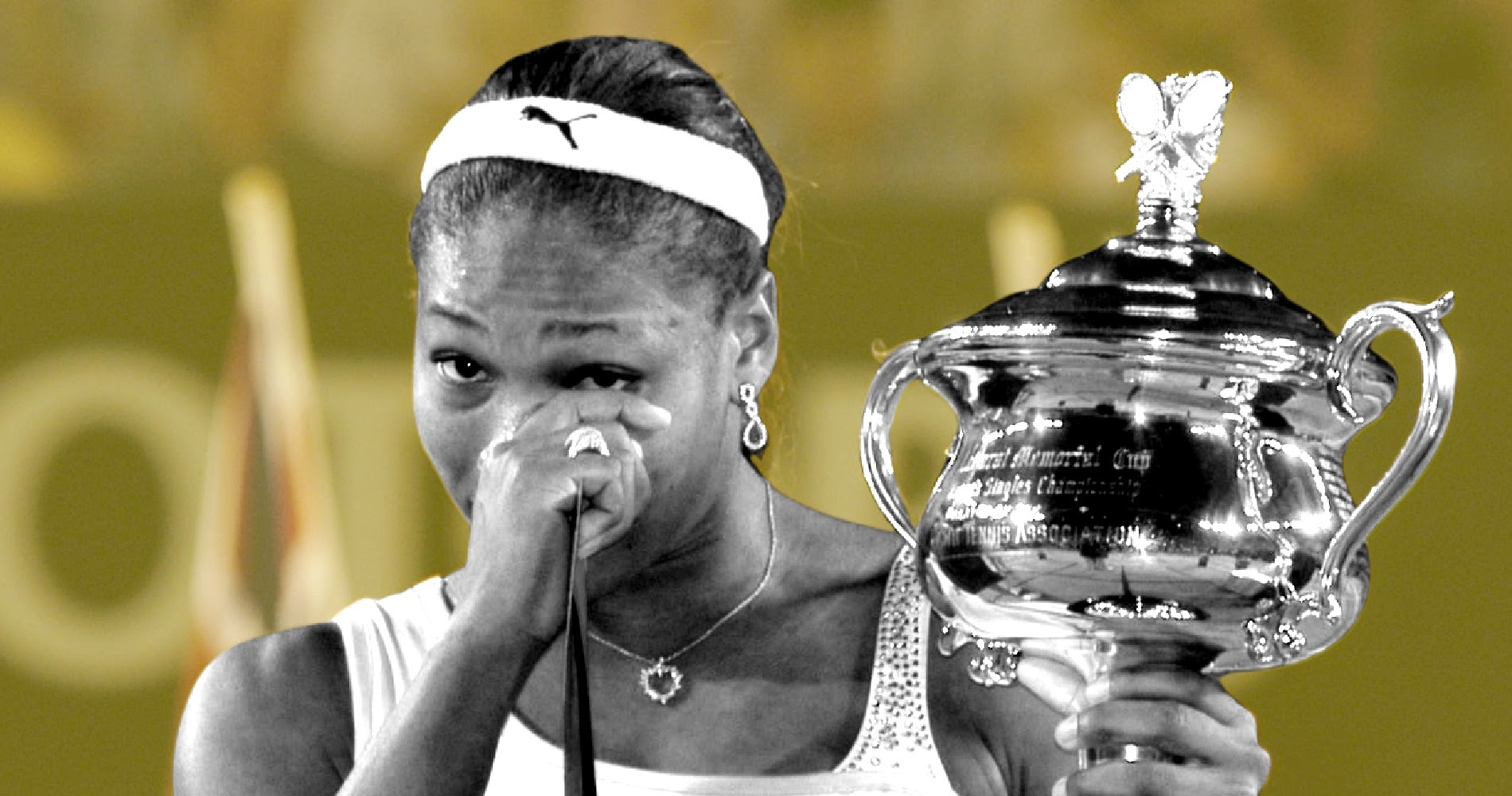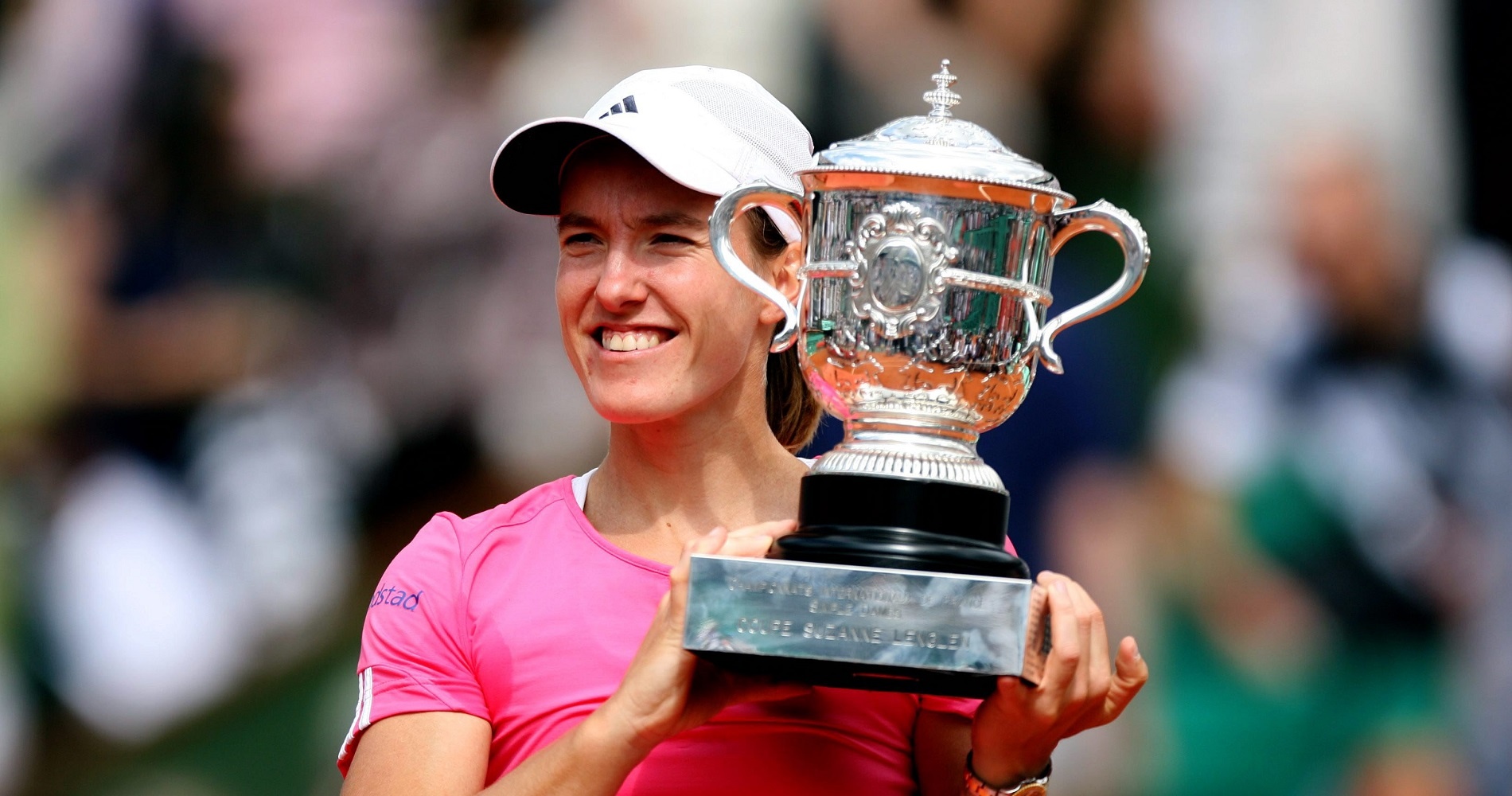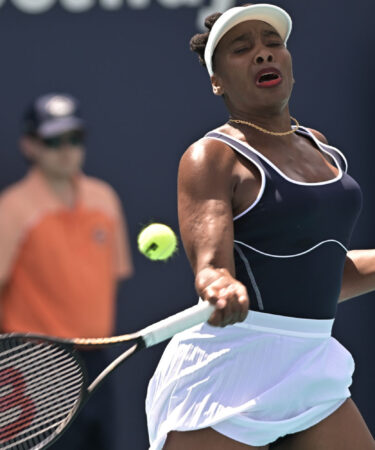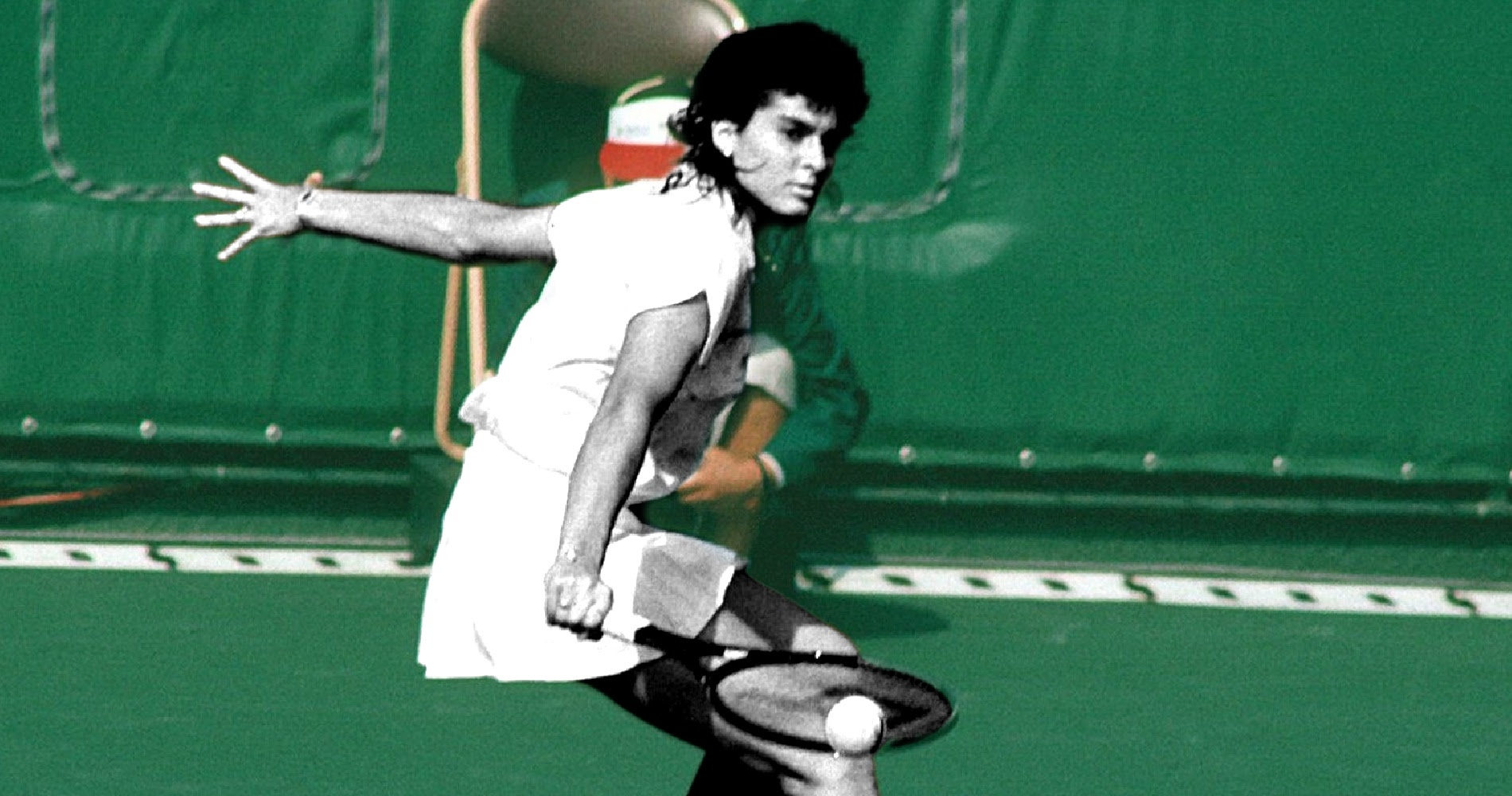May 19, 2002: The day Serena Williams won Rome for her first title on clay
Every day, Tennis Majors takes you back in time to the biggest moments in tennis history. On May 19, 2002, Serena Williams defeated Justine Henin to win the Italian Open in Rome for her first ever title on clay
 The 19th, May, 2002, Serena finally won a title on clay
The 19th, May, 2002, Serena finally won a title on clay
What exactly happened on that day?
On this day, May 19, 2002, 20-year-old Serena Williams edged Belgian Justine Henin in the final of the Italian Open to claim the first-ever clay-court title of her career.
To triumph on red dirt just one week before Roland-Garros was a milestone for the American, whom the experts considered to be a fast-court specialist. She had proved she was now a serious contender for the French Open title, which she would indeed prove shortly afterwards.
The players : Serena Williams and Justine Henin
• Serena Williams: the new phenomenon of women’s tennis
Serena Williams, born in 1981, is the youngest of the Williams family. A few years earlier, her elder sister Venus, at the start of her career in 1997, had declared that her main rival for the world No 1 spot would be her younger sister Serena. At the time, tennis experts did not know whether she was joking or just being provocative.
They soon discovered how serious Venus was when Serena Williams made her first professional mark the same year, in November, in Scottsdale. At the age of 16, ranked No 304, she came through qualifying and reached the semi-finals, beating No 7 Mary Pierce (6-3, 7-6) and No 4 Monica Seles (4-6, 6-1, 6-1).
In 1998, she beat several top 10 players, including world No 3 Lindsay Davenport in the quarter-finals in Sydney (1-6, 7-5, 7-5), and reached the same round at several other events to end the season ranked No 20.
Her breakthrough season came in 1999. In February, she claimed her first title, indoors in Paris, at the age of 17, defeating Amélie Mauresmo (6-2, 3-6, 7-6). In Miami, she defeated world No 1 Martina Hingis in the semi-finals (6-4, 7-6), only to finish as runner-up to Venus in the first-ever all-sister final in WTA Tour history. In September, to everyone’s surprise, she claimed her first Grand Slam title before her older sister did, beating Hingis in the final (6-3, 7-6). She also won the doubles event with Venus, and by the end of the year, Serena was ranked world No 4.
During the next two seasons, though she didn’t win another Grand Slam title, she claimed six more titles on the WTA Tour and reached the 2001 US Open final, falling to her sister in the first Grand Slam final contested by two sisters during the Open Era. After injury prevented her from participating at the Australian Open, she had high goals for 2002.

• Justine Henin: the other rising star, future clay-court queen
Justine Henin, born in 1982, turned pro in 1999. Her game, based on variation, contained a wonderful one-handed backhand, a rare feature in the modern women’s game. She made herself famous soon enough, winning her debut WTA tournament in Antwerp, where she had been invited as a local player, eventually defeating Sarah Pitkowski, the world No 35 (6-2, 6-1).
After a rather disappointing 2000 season, she broke through in 2001, starting the year by claiming her first title since Antwerp, defeating Silvia Farina (7-6, 6-4) in the final of the Gold Coast Open. That year, not only did she win three tournaments, but she started to perform in major events. She went as far as the semi-finals at Roland-Garros, where she was beaten by fellow Belgian Kim Clijsters (2-6, 7-5, 6-3), before finishing runner-up at Wimbledon, where she was defeated in her first Grand Slam final by Venus Williams (6-1, 3-6, 6-0).
In 2002, she had reached the quarter-finals in Melbourne, falling again to Clijsters (6-2, 6-3). Ranked No 8, she was defeated in finals twice by Venus Williams, in both Antwerp and on Amelia Island. She took some sort of revenge by edging younger sister Serena in the final of Berlin, on European clay (6-2, 1-6, 7-6).
The place: The iconic Foro Italico, Rome
The Italian Open had been held in Rome since 1935, at the Foro Italico, a massive sporting complex originally designed to support an Italian bid to host the 1940 Olympics. One of the WTA Premier events, it is still one of the most prestigious clay-court tournaments in the world. Almost all of the best players in history have set foot on the courts of the famous Stadio del Tennis di Roma venue.
Williams had skipped the event in 2001, having reached the quarter-finals twice in 1999 and 2000.
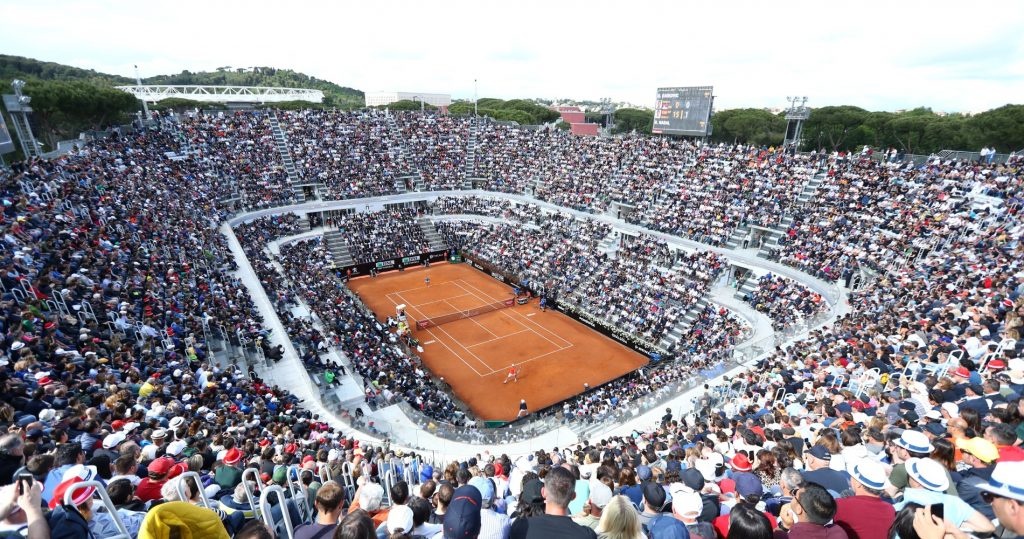
The facts: How Serena Williams won her first title on clay
When Williams and Henin faced each other in the Rome final in 2002, the crowds could sense a new rivalry was beginning between the two rising stars. Close in age, the two women had already crossed paths three times. Serena had won the two first encounters, but the last time, just a week earlier, in the Berlin final, Henin had prevailed in their first clay-court match (6-2, 1-6, 7-6).
The two players could not be any different. Serena radiated power and self-confidence, displaying her dyed blonde hair while the shy Henin was shorter and physically slight.
Their games were also opposites. The American was redefining the concept of power in women’s tennis, firing aces, hitting the ball on the rise, aiming for the knock-out on every shot, using her trademark open stance backhands. On the other hand, the Belgian had a rare one-handed backhand, and although she could hit the ball hard as well, she did not have the same power and used much more variation. It seemed like Henin’s game was made for clay whereas many observers thought Serena’s high-risk game would not be as its best on this surface.
As expected, Williams played a very aggressive game right from the start. Playing inside the baseline, she tried to shorten the rallies while Henin was pushed to play more defensively, although the Belgian used every opportunity to take control of the point and pull the American around the court whenever possible.
At 3-3, there was a big scare in the Williams box: Serena lost balance and twisted her ankle, though she still won the point as her distracted opponent missed the next shot into the net. There was more fear than damage though and she managed to hold serve. The two women fought hard and the first set went to a tiebreak. After Henin saved a first set point with a beautiful down-the-line backhand winner, Serena forced a second chance and took it to seal the first set 7-6.
In the second set, the Belgian took more initiative and tried to prevent Serena from controlling the rallies. But though she broke once, she lost her serve straight after. After an intense two-hour match, Henin missed a last backhand; game, set and match, Williams, 7-6, 6-4. One week before the start of the French Open, Serena had just sent out a warning:
“For me, this is pretty high up there because a lot of people claim I’m not a clay court player, although I am. I kind of grew up on clay. So it makes me feel really good, especially going into Roland-Garros. I’m definitely looking forward to doing well there.”
What next? Serena wins first Roland-Garros title
Serena Williams would indeed perform well at Roland-Garros. After defeating world No 1 Jennifer Capriati in a thrilling semi-final (3-6, 7-6, 6-2), she would edge her sister Venus in the final, 7-5, 6-3.
Incredibly, the Williams sisters would then face each other in three consecutive Grand Slam finals and Serena would prevail each time. Her victory at the 2003 Australian Open completed an accomplishment known as the Serena Slam. In addition, she won the doubles titles with Venus at both Wimbledon and Melbourne Park. She would become the world No 1 on July 8, 2002.
Henin would surprisingly fall in the first round of Roland-Garros against qualifier Aniko Kapros, 4-6, 6-1, 6-0. Nonetheless, she would finish the year as world No 5, and in 2003, she would win the first of four Roland-Garros crowns and become world No 1 for the first time.
Serena would never prevail again over Henin on clay, ending with a 1-4 record. In their overall rivalry, Williams led 8-6, winning their last match in the final of the 2010 Australian Open (6-4, 3-6, 6-2).

